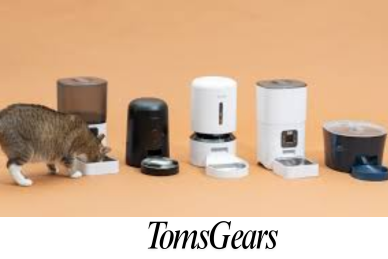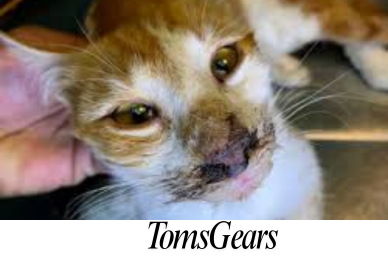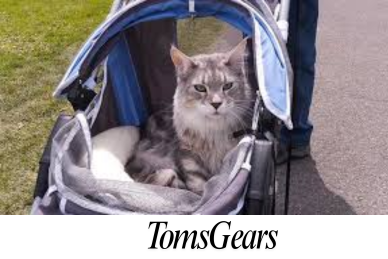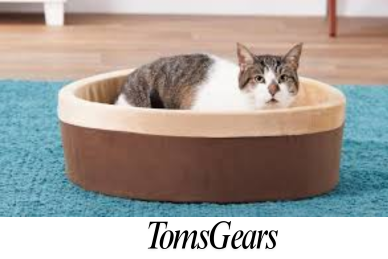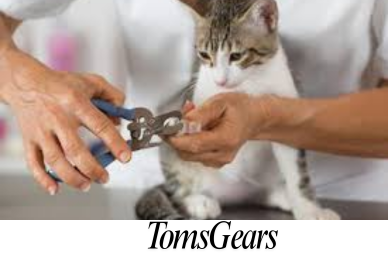How to Use Pine Pellets for Cat Litter?
Using pine pellets as cat litter is an eco-friendly and effective alternative to traditional litter types. Pine pellets are made from compressed sawdust, providing excellent odor control and absorbency while being more sustainable. Transitioning to pine pellets can lead to a cleaner litter box experience for both you and your cat, making it a popular choice among pet owners.
What Are Pine Pellets and How Do They Work as Cat Litter?
Pine pellets are created from sawdust that is compressed into small, cylindrical shapes. When they come into contact with moisture, the pellets break down into soft, absorbent sawdust, which effectively traps odors and absorbs liquid. The natural pine scent also helps neutralize unpleasant odors without the use of synthetic fragrances, making it a safe choice for both cats and humans.
When selecting pine pellets for cat litter, look for products specifically labeled as cat litter, as these are formulated to provide the best results for your feline friend. The wood fibers in the pellets are not only biodegradable but also provide a natural and non-toxic option for cat litter.
How Do You Transition to Pine Pellets from Traditional Litter?
Transitioning your cat from traditional litter to pine pellets can be a smooth process if done gradually. Here’s how to effectively introduce this new type of litter:
- Start Gradually: Begin by mixing a small amount of pine pellets with your cat’s current litter. Aim for a ratio of about 25% pine pellets to 75% traditional litter. This helps your cat acclimate to the new texture and scent.
- Monitor Your Cat’s Reaction: Watch how your cat responds to the change. If they use the litter box without issue, gradually increase the proportion of pine pellets over the next week until you reach 100% pine pellets.
- Consistency is Key: Maintain the same litter box location and cleaning schedule to avoid confusing your cat during the transition.
- Be Patient: Some cats may take longer to adjust than others. If your cat seems resistant, consider using a 50/50 mix for a longer period.
How Much Pine Pellets Should You Use?
The ideal depth for pine pellet litter is about 2 to 4 inches. This allows for proper absorption while providing enough cushioning for your cat’s paws. Using too few pellets may lead to inadequate absorption and odor control, while using too many can make it difficult for your cat to dig and bury waste comfortably.
How Do You Maintain Pine Pellets in the Litter Box?
Maintaining pine pellets in the litter box involves a few simple steps:
- Regular Scooping: Remove clumps of waste daily, just as you would with traditional clumping litter. Pine pellets don’t clump like clay litter, but the sawdust produced upon contact with moisture can be easily scooped out.
- Full Replacement: Every two to four weeks, completely empty the litter box, wash it with mild soap and water, and refill it with fresh pine pellets. This helps prevent odors and maintains a clean environment for your cat.
- Avoid Overfilling: Since pine pellets break down into sawdust, avoid adding more pellets on top of used litter. This can create a mix of old and new litter that might not be as pleasant for your cat.
- Watch for Clumping: While pine pellets don’t clump in the same way as clay litter, you may notice some pellets breaking down into sawdust. Monitor the litter to ensure it remains effective at absorbing moisture and controlling odors.
| Maintenance Task | Frequency | Purpose |
| Scooping Waste | Daily | Prevents odors and keeps the box clean |
| Full Litter Replacement | Every 2-4 weeks | Ensures freshness and effectiveness |
| Washing the Box | Every full replacement | Removes bacteria and odors |
How Does Pine Pellets Compare to Other Types of Cat Litter?
Pine pellets have several advantages over traditional litter types, including:
- Odor Control: The natural pine scent neutralizes odors effectively, making it a preferred choice for households with multiple cats. Studies show that wood-based litters often outperform clay litters in controlling odors.
- Dust-Free: Unlike clay litter, pine pellets produce minimal dust, which can benefit both cats and their owners, especially those with allergies or respiratory sensitivities.
- Eco-Friendly: Pine pellets are biodegradable and made from renewable resources, making them an environmentally responsible choice compared to clay, which is often strip-mined.
- Cost-Effective: While initial costs may be higher, the longevity and absorbency of pine pellets can lead to cost savings over time. Pine pellets typically last longer than traditional litters, meaning fewer replacements and lower overall expenses.
Are There Any Downsides to Using Pine Pellets?
While pine pellets have many advantages, there are a few potential downsides to consider:
- Texture: Some cats may not prefer the texture of pine pellets compared to softer clay litters. If your cat is particularly sensitive, they may take longer to adjust.
- Absorbency Limitations: Pine pellets absorb moisture effectively, but they may require more frequent cleaning if you have multiple cats. If you notice odors persisting, consider using a higher volume of pellets.
- Pine Allergy: Although rare, some cats may have sensitivities or allergies to pine. If you notice your cat exhibiting signs of discomfort, such as sneezing or itching, discontinue use immediately and consult your veterinarian.
Summary
Using pine pellets as cat litter is a safe, effective, and environmentally friendly option that offers excellent odor control and absorbency. Transitioning from traditional litter is straightforward with gradual introduction and monitoring. Maintaining the litter box is also simple, requiring regular scooping and full replacements every few weeks. By choosing high-quality pine pellets and following best practices, you can ensure a clean and pleasant litter box experience for your feline friend.
Frequently Asked Questions
1. Can I mix pine pellets with clay litter?
While it’s possible to mix them, it’s best to transition fully to pine pellets for optimal effectiveness and odor control.
2. How do I know when to change the litter completely?
If you notice persistent odors or decreased absorbency, it’s time for a full litter replacement.
3. Are pine pellets safe for kittens?
Yes, pine pellets are generally safe for kittens, but supervise them during the transition and ensure they don’t ingest large quantities.
4. What should I do if my cat refuses to use pine pellet litter?
If your cat shows reluctance, consider returning to their previous litter and gradually reintroducing pine pellets in smaller amounts.

